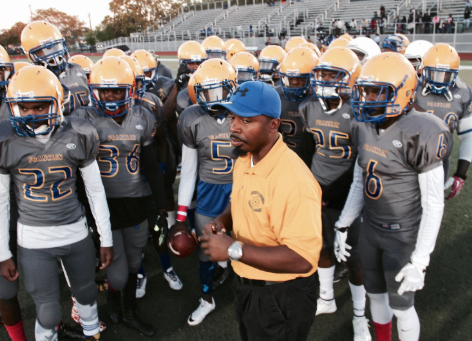Profile on Ms. LaBan
By Nuala Cowen
On the afternoon of Tuesday, October 22nd, I sat down with Ms. LaBan, the assistant teacher of my journalism class. Being a professional in the journalism field, I wanted to get a deeper insight on the art of writing. Growing up in a suburb, north of New York City, she loved to read books with an interesting plot such as, “The Outsiders” and one of her favorites, “That Was Then, This is Now,” both written by S. E. Hinton. From here, she grew a passion for writing, “I wanted to create characters that readers could relate to,” she said as she explained her key to becoming a successful writer. “I just released my book today,” she said excitedly as she pulled out from her bag one of the several books that she had written. “Beside Herself ” the book read. The book is about a woman who discovers her husband has had an affair, further demonstrating her hopes of writing something that the readers will relate to. “As a journalist you get to see so many things and because of that you get so many new ideas,” she explained.



